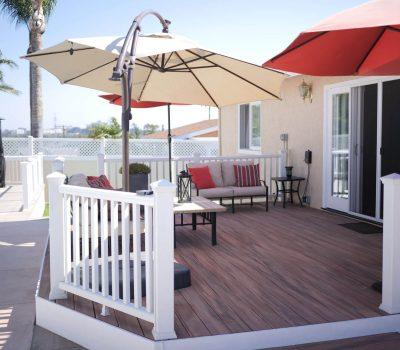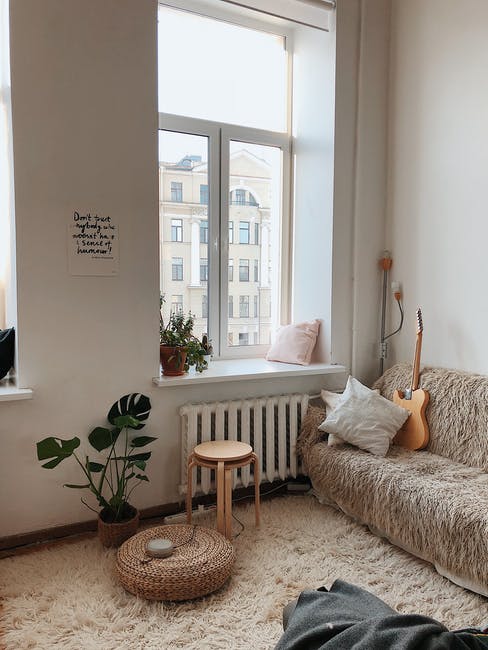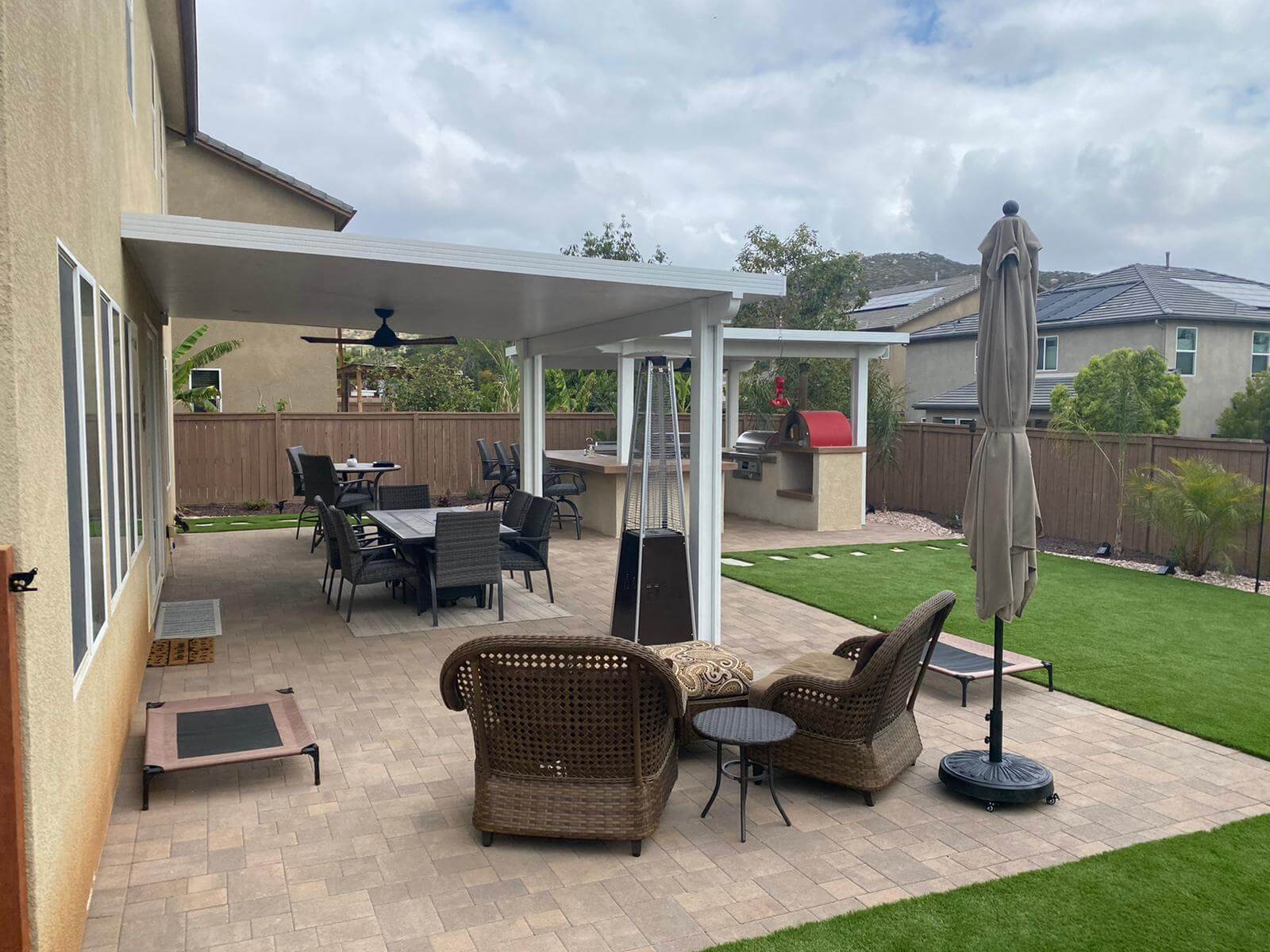US property prices are climbing rapidly, with almost 20% year upon year growth in some areas. This has left many people turning to their own property for additional space, instead of moving home. But how can you add extra living space once the house is full?
One way is with an accessory dwelling unit. Read on as we give our essential guide on how to build an ADU.
What Is an Accessory Dwelling Unit?
An accessory dwelling unit, often known as a granny flat, is an extra living unit on a single home plot. This is often separate from the home itself and is self-contained. An accessory dwelling unit will have its own electricity, plumbing, gas, water, and appliances.
Set a Budget
Your first step is to set a budget. If not, you may go vastly over and end up beyond your means. An ADU should help you, not limit your standard of living financially.
A wide range of factors will impact how much you spend. Firstly, the size of the building is the biggest consideration. After that, you will need to budget for kitchen and bathroom designs and interior fittings, and flooring.
Finally, think about the systems that will go inside. How many electrical outlets do you want to have? What type of heating or air conditioning will you include in the granny flat?
Plan the Layout
Once you know the size, you can begin to consider the layout. At its basic level, you will need a kitchen, bathroom, living space, and one bedroom. You may even maximize space by having a kitchen and living space in one.
The granny flat contractor you choose may already have a number of plans in place. If you are using the dwelling for an elderly relative or someone with movement problems, you may also want to consider access. Wheelchair ramps and leaving enough room to turn inside are vital.
When planning, one consideration to make is the placement of light. More natural light means a more spacious look to the dwelling. You will get more from south-facing windows and working around this can change the whole design and placement of your ADU.
You should also consider lines of sight, both inside the property and on the land. An ADU should not block any views from your main property. Even worse, you don’t want it to block natural light.
Inside, the longer the lines of sight, the bigger the ADU will seem. Walls, doorways, and staircases are all culprits for making an ADU look smaller than it is. This is why many people opt for an all-in-one kitchen and living area.
Check Local Regulations on Granny Flats
Depending upon where you are, state laws will dictate how and what you can build. Even in ADU-friendly cities, regulations can change on a yearly basis. Your builder should know the most current and up-to-date laws.
Regulations usually stipulate how many units can be built. The maximum height is also a consideration. After this, safety measures like fire escapes and access are usually given precedence.
Get Help From Tradespeople
Once you know what you want to build, you can get the assistance to bring the dream to reality. For most people, building an ADU is a little outside their field of knowledge. In this case, you need help.
Do some research in the surrounding area. Check out reviews and testimonials for local tradespeople. You may even know other people who have had similar work done and they may be able to recommend companies to you.
Many people may want to create their own ADU, to avoid dealing with architects and builders. This is not recommended, even if using pre-approved plans or a prefab unit. One mistake or something done wrong can cause a lot of trouble and add to your costs.
How Much Does It Cost to Build a Granny Flat?
It is impossible to give an exact cost for a unit, as materials and the unit size are variable. Most builders will give you a quote based on square footage. This may increase or decrease depending upon your wishes and design.
There is also a number of factors many people don’t consider. Changes to the plans will cost extra on top of your budget. In addition, the costs of having buildings on the property such as portaloos, waste disposal, and security can also knock up the price.
Once you have done this, the rest is simply down to your fittings and fixtures. You can lower costs by having cheaper bathrooms and kitchens, but keep in mind that they may need replacing quicker. It is a good idea to add a 10% contingency to the whole budget.
The ADU Building Process
Once the plans, budget, and builder are in place, you can begin clearing the site. Demolition, along with grading may take place. If you need foundations digging then some excavation could be required.
Following this will be the framing, then joists and walls will go in place. Doors, the roof, and windows will follow soon after. When complete, systems such as plumbing and electrics will start to go in place.
The final step is finishing the interior starting with insulating and drywalling. Your kitchens and bathrooms will be added, with tiling and fittings installed. Light fittings and appliances will be the last items to get put in.
How to Build an ADU
Now you know how to build an ADU, you can start the process. Set out a budget and decide what you want. From here, speak to an expert with experience.
Designs 4 You should be your first stop. We can provide help on everything from granny flats to landscaping. Contact us here for a free quote and start the process today.






